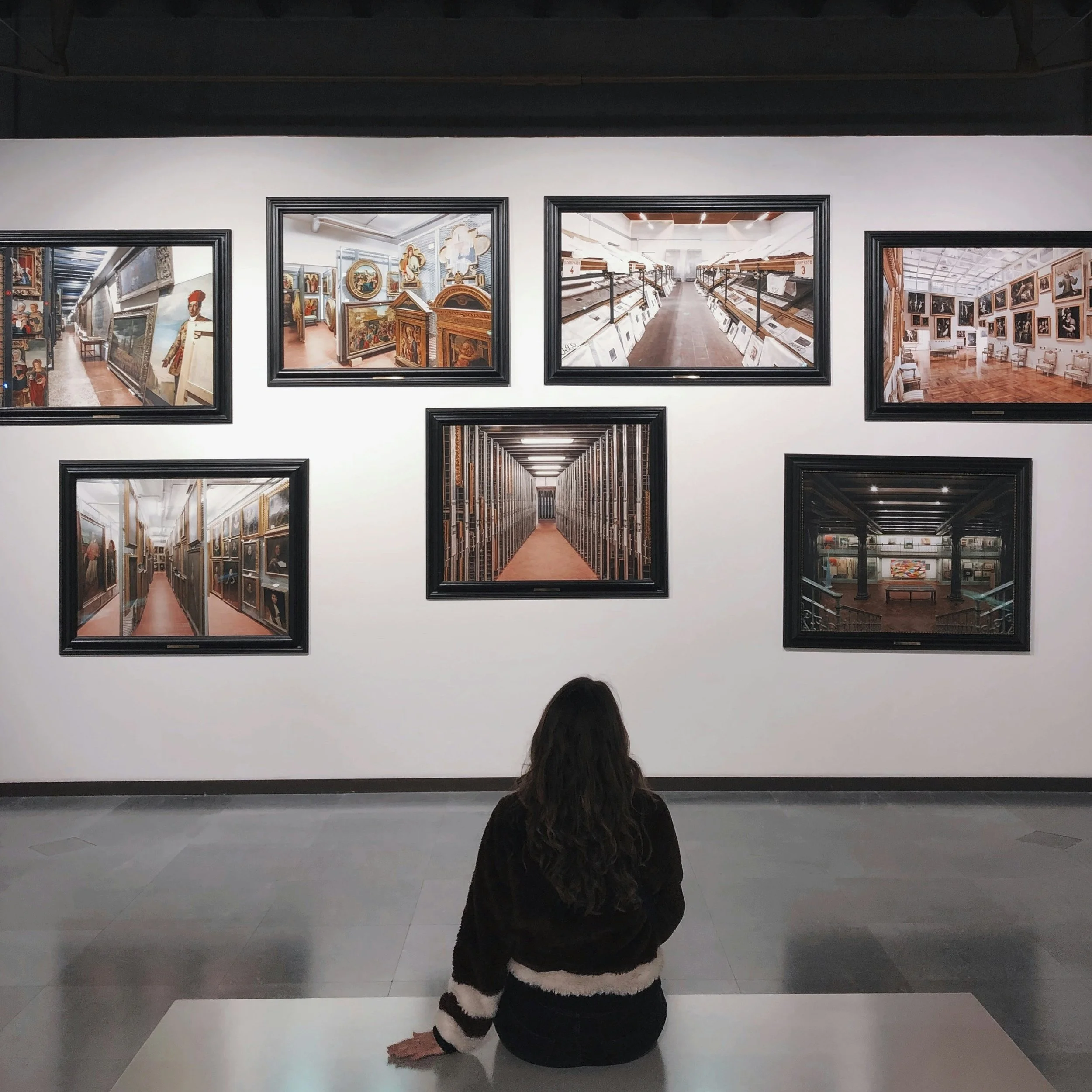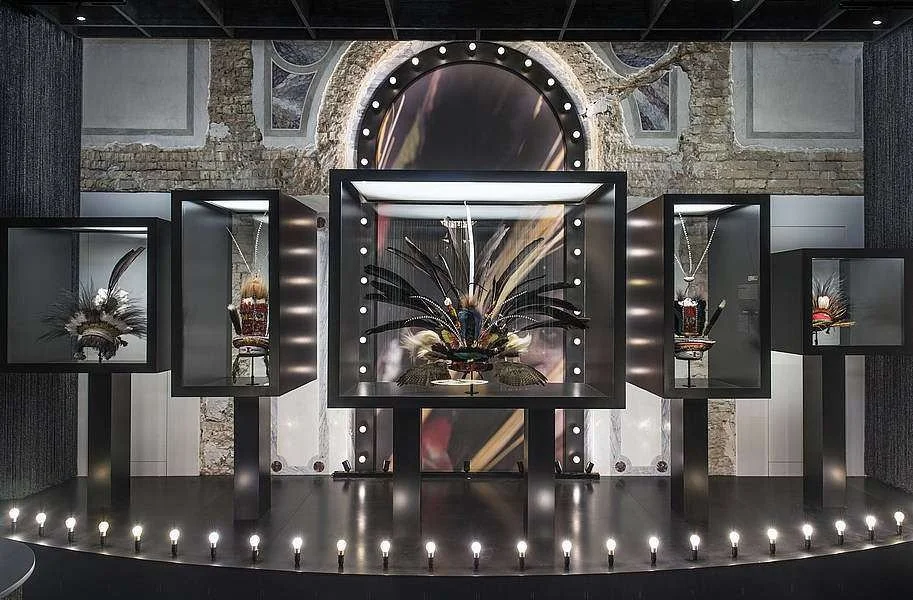Swiss Doctors Prescribe Museum Visits Instead of Pills
The Swiss town of Neuchâtel has found a solution to healthcare that would make both accountants and art historians remarkably happy. Instead of writing prescriptions for expensive medications, local doctors can now prescribe free museum visits. The program costs about as much as a decent dinner for two and might actually work.
The Prescription Pad Gets Creative
Under a new two-year pilot project, local and regional authorities are covering the costs of "museum prescriptions" issued by doctors who believe their patients could benefit from visits to any of the town's three museums and the city's botanical garden as part of their treatment. The budget? A modest 10,000 Swiss francs, which in Swiss terms is roughly equivalent to what most people spend on coffee in three months.
Dr. Marc-Olivier Sauvain, head of surgery at the Neuchatel Hospital Network, has already prescribed museum visits to two patients preparing for operations. His reasoning is refreshingly practical: "It's wishful thinking to think that telling them to go walk or go for a stroll to improve their fitness level before surgery" will work. Apparently, telling someone to "go look at some Monet" is more compelling than "go take a walk."
The Science Behind Looking at Things
The program isn't built on wishful thinking alone. The project is based on a 2019 World Health Organization report that found the arts can boost mental health, reduce the impact of trauma and lower the risk of cognitive decline, frailty and "premature mortality." A British study found even more promising numbers: 37 percent fewer doctor consultations and 27 percent fewer hospital admissions for people prescribed cultural activities.
The math is compelling. For every invested dollar, the return-on-investment ranges from four to eleven dollars. Even Swiss bankers would approve of those margins.
What Patients Actually Get
The prescription system is elegantly simple. Doctors hand out slips of paper that grant free access to Neuchâtel's four museums, including the art museum currently displaying works by Monet and Renoir. Of the 1000 prescriptions available for the pilot project, 350 have already been distributed. That's either high demand or very generous doctors.
The program targets specific conditions: depression, mobility issues, chronic illness, and the general malaise of being stuck indoors too much. "It could be a person with depression, a person who has trouble walking, a person with a chronic illness," explains Marianne de Reynier Nevsky, who helped design the program.
The Art of Getting Out
Julie Courcier Delafontaine, Neuchâtel's council member responsible for culture and social cohesion, puts it simply: "Culture helps people feel better. Visiting a museum allows you to escape isolation, engage in physical activity, and clear your mind." The COVID lockdowns, she notes, made people realize how much they needed cultural spaces to feel human again.
The physical component isn't negligible. Museum visits require getting dressed, leaving the house, walking around, and standing for extended periods. For someone preparing for surgery or dealing with depression, that's a workout disguised as culture.
The Cautionary Tale
Not everyone is convinced that art automatically equals health. Swiss cultural journalist Gabriele Detterer warned that museum visits could also endanger health, since every artistic creation affects each viewer differently. A peaceful Courbet seascape might calm someone, but stumbling into a Marina Abramović retrospective could have the opposite effect.
Art therapist Denise Huber suggests the program needs structure. "I believe there needs to be a specific framework. For example, these people should meet others in the museum with whom they can exchange ideas about what they see." Standing alone in front of a Picasso might not be therapeutic—it might just be standing alone in front of expensive wall decoration.
The Global Context
Neuchâtel isn't pioneering this concept from scratch. The idea of "social prescribing" originated in Britain, where doctors routinely refer patients to community activities instead of reaching for the prescription pad. The Swiss program builds on a similar idea rolled out at the Fine Arts Museum in Montreal, Canada, in 2019.
The approach represents a fundamental shift in thinking about healthcare. Instead of treating disease after it appears, social prescribing attempts to prevent it by addressing isolation, inactivity, and mental health before they require medical intervention.
Early Results and Future Plans
The response has so far exceeded expectations. If the pilot succeeds, officials plan to expand the program to include theater and dance performances.
Dr. Sauvain enjoys the novelty of his new prescribing powers: "As a doctor, it's really nice to prescribe museum visits rather than medicines or tests that patients don't enjoy. To tell them 'It's a medical order that instructs you to go visit one of our nice city museums.'"
The Patient Perspective
Museum visitors are responding positively to the concept. Carla Fragniere Filliger, a retired teacher and poet, declared: "I think it's a great idea. There should be prescriptions for all the museums in the world!" This is either enthusiastic support or the kind of thing people say when interviewed in museums.
The program addresses a broader issue in Swiss healthcare, where psychiatric patients wanting art therapy typically pay out of pocket or need supplementary insurance. The system has traditionally focused on treating illness rather than preventing it, giving insurers little incentive to invest in their customers' wellbeing.
The Bigger Picture
Neuchâtel's experiment represents something larger than free museum tickets. It's part of a 200,000-franc, five-year prevention initiative targeting physical activity, mental health, and social integration for seniors. "Prevention is the stepchild of the healthcare system," explains Health Director Frédéric Mairy. "We're convinced that investments in health promotion improve residents' wellbeing and contribute to cost containment."
The program acknowledges that health isn't just about medicine—it's about connection, movement, and finding reasons to leave the house. Whether those reasons involve Impressionist paintings or ethnographic artifacts from Papua New Guinea matters less than the fact that people are moving, thinking, and engaging with the world beyond their immediate problems.
The Verdict
Switzerland has always taken a practical approach to problem-solving, from punctual trains to direct democracy. Prescribing museum visits fits perfectly into this tradition: identify a problem (social isolation, physical inactivity, healthcare costs), find a low-cost solution (art appreciation), and implement it without unnecessary fanfare.
The program costs little, requires no new infrastructure, and gives doctors a pleasant prescription to write. Patients get free culture, museums get visitors, and the healthcare system might save money. In a world where most solutions to complex problems involve either throwing money at them or ignoring them entirely, Neuchâtel's approach is refreshingly sensible.
Whether staring at a Monet will cure what ails you remains to be seen. But in a town of 46,000 people, 350 residents now have official permission to spend their afternoon contemplating art instead of their ailments. That alone might be worth the prescription.



